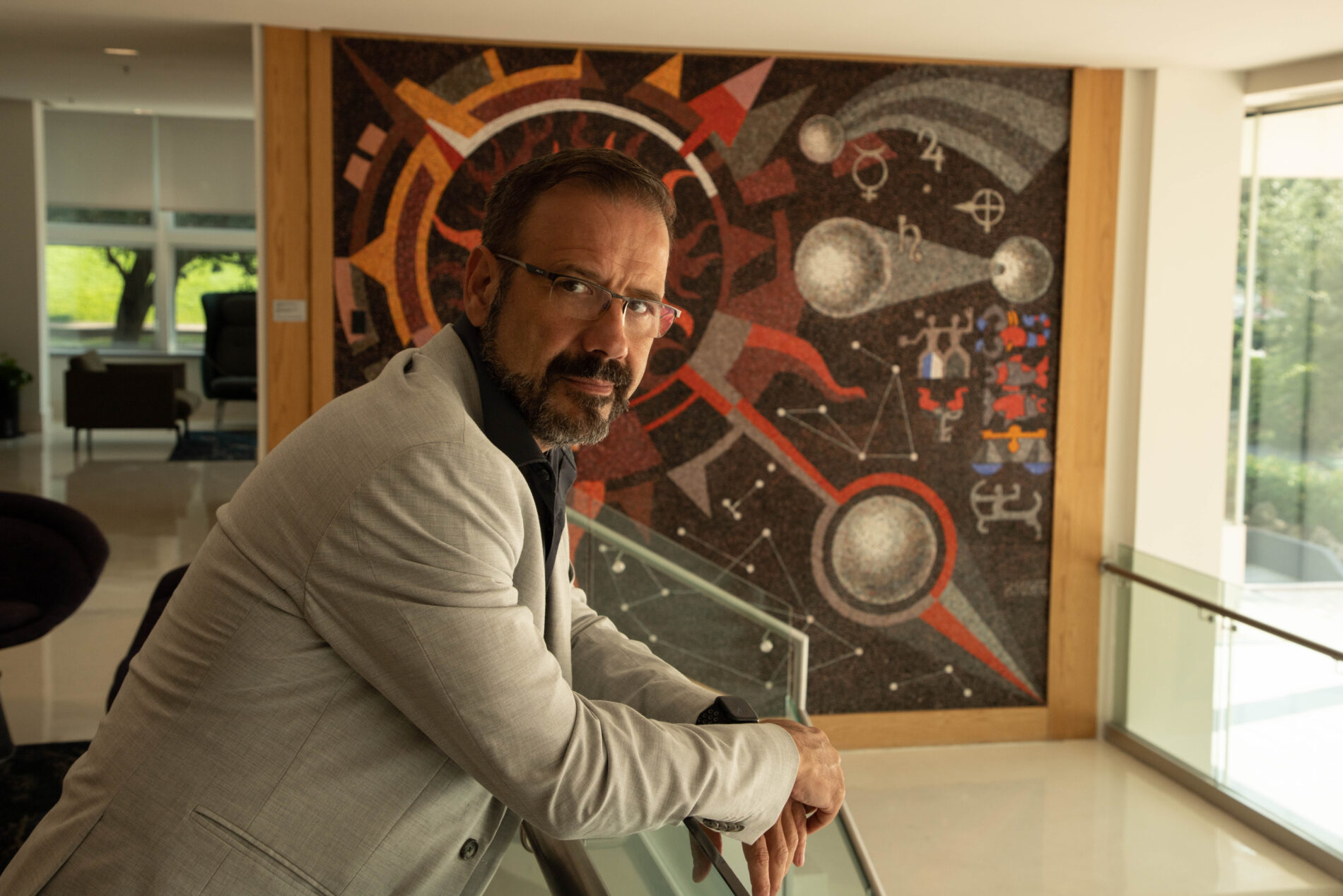David Balleza, a third-year computer systems engineering student at the Tecnológico de Monterrey, has never been a fan of knocking on professors’ doors each time he hits a snag in his studies. His reluctance comes with a caveat: It’s hard to get the right help with the often-abstract concepts of his field. All that changed once TECgpt entered his life.
“It’s a game changer,” he says. “It’s like having a scholar by your side you can interact with.”
TECgpt1 is the generative AI-powered ecosystem created by the prestigious Mexican private university, with the goal to personalize education based on the students’ needs, improve the learning process, boost teachers’ creativity and save time on tedious tasks.
The platform, which is built on Azure OpenAI Service and uses OpenAI’s GPT-4o, is formed by a set of different tools and has two main functions: administrative and academic. It’s one of the first AI initiatives of this kind in Latin America.
Recently, Balleza struggled to grasp a computing algorithm problem which had been covered in class a few days earlier. His classmates didn’t understand it either and the professor was not available. He asked the Academic TECbot, a 24/7 tutor and teaching assistant, for help and in a few seconds, it generated a comprehensive explanation in a way he could finally understand.
Balleza, who participated in a pilot program for the AI assistant, says that he felt empowered and more confident in his studies after using the tool. Behind his experience was the dedicated work of the professors who produced the data for the tutor by integrating their educational material created for class with customized tutorial content specifically designed for it.
Tecnológico de Monterrey, one of the oldest and most renowned colleges in Mexico and abroad, has often been at the forefront of innovation and technology in its 81-year-old history (it adopted computers as early as in the 1960s). The university’s headquarters are in the northern city of Monterrey, Mexico’s industrial powerhouse, just 100 miles south of Texas.
“We knew from the beginning that AI was a phenomenon of such magnitude that the sooner we jumped on board and designed our own journey, the better,” says Carles Abarca, the university’s vice president for digital transformation.
Users can access the AI systems through the university’s intranet on their computer or a phone app. The experience is customized depending on whether you are a professor, a student or a collaborator, the term that the university uses for its employees. It has been designed to be potentially available to the 35,000 employees of the institution, including 11,000 professors, and to all 90,000 students across more than two dozen campuses in Mexico.

Internal and external data
The platform combines both internal and external data through its different features. Some tools are accessible to all employees and students, including a natural language chat that uses internal data to answer questions related to tuition, scholarships and campus shuttle schedules, among others, which students describe as a huge time saver. There is also a chat with access to external data and the ability to summarize texts and create images through prompts.
A separate set of academic tools strictly focused on the learning process is used only by teachers, who produce all the data, and students. It is split into three interconnected components: Skill Studio, which enables professors to create teaching material, from exercises to mock tests to quizzes, and the Academic TECbot and Librarian TECbot, which work as personalized tutors for students.
The library assistant can quickly find books and handbooks from more than 60 million sources of the university’s library and other licensed content.
TECgpt launched a year ago and is already used by 3,000 users monthly. The academic tools have been in beta phase, but are expected to be accessible to all teachers and around 5,000 students between now and early 2025, Abarca says.
Students who have participated in the pilot phase highlight how the platform helped them fill gaps in understanding quickly and efficiently. Professors say it helped them automate repetitive academic tasks and find more creative and innovative learning takeaways.


